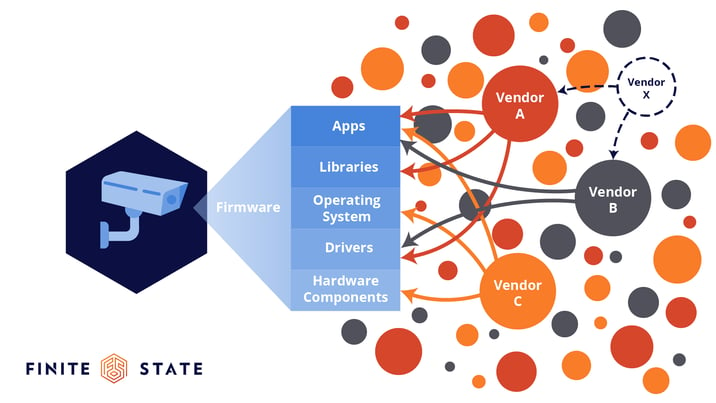As the landscape of software development and deployment continues to evolve, it's never been more important to have a strong SBOM management strategy. Organizations today increasingly rely on complex webs of proprietary, third-party, and open-source software components. Understanding where these elements come from has become critical for anyone ensuring security, compliance, and the efficient managing of increasingly strained resources in software development and deployment roles.
In this blog post, we explore why SBOM management is worth the effort, and how it can become a critical component in safeguarding software supply chains.
Why SBOM Management?
At its core, SBOM management enables organizations to meticulously map out the components that constitute their software applications, including their origins and the relationships among them.
This becomes particularly vital for managing third-party and open-source components, ensuring regulatory compliance, and swiftly responding to vulnerability disclosures.
By maintaining a comprehensive overview of software components, organizations can significantly bolster their cybersecurity posture and supply chain integrity.
What Is SBOM Management?
SBOM management breaks down into several critical functions:
- Collection and Verification: Accumulating SBOMs from suppliers, ensuring their accuracy and completeness.
- Organization and Aggregation: Managing SBOMs within a product hierarchy, providing a structured overview of software components and their interdependencies.
- Vulnerability Enrichment: Enhancing SBOMs with detailed vulnerability information to identify and assess potential security risks.
- Exploitability Management: Analyzing and managing data on the exploitability of vulnerabilities within software components.
- Export and Sharing: Distributing enriched SBOMs to stakeholders within the software supply chain, facilitating transparency and collaboration.
A Practical Scenario: How Does SBOM Management Enhance Product Security
Consider the case of Jack, a VP of Product Security, who oversees the security of software components across his company’s product line. With components sourced from various vendors, the challenge of tracking their vulnerabilities and interrelationships is daunting.
Here, SBOM management proves to be an invaluable tool. By leveraging a platform capable of automating SBOM generation from various sources, including binaries and third-party code, Jack can gain a comprehensive view of all software components, their origins, and dependencies.
The Finite State Platform: Changing the Game for SBOM Management
Platforms like Finite State revolutionize SBOM management. The Finite State Next Generation Platform excels in generating, collecting, visualizing, and distributing SBOMs, providing a unified risk view by ingesting data from over 150 external sources.
The platform simplifies the process of vulnerability enrichment and offers remediation guidance, ensuring that security teams can prioritize and manage risks effectively. Its more advanced capabilities in binary Software Composition Analysis (SCA) and SBOM management also allow for detailed risk assessments, enhancing the security posture of software supply chains.
If you'd like to see the Finite State Next Generation Platform in action, request a demo today!
The Strategic Advantage of SBOM Management
Effective SBOM management empowers organizations to navigate the complexities of their software supply chains with greater confidence and security. By providing a clear understanding of software components, their vulnerabilities, and how they interact within the ecosystem, SBOM management serves as a critical tool for mitigating risks and fostering a culture of transparency and collaboration among stakeholders.
As the digital landscape continues to evolve, the role of SBOM management in ensuring the security and integrity of software supply chains will only grow in significance.
Subscribe to Our Blog
Get the latest posts delivered straight to your inbox weekly.
Share this
You May Also Like
These Related Stories

How SBOMs Enhance Effective Software Supply Chain Risk Management
.png?width=761&height=403&name=Blog%20Header%20Image%20(3).png)
Understanding The EU CRA's SBOM & Technical Documentation Requirements



